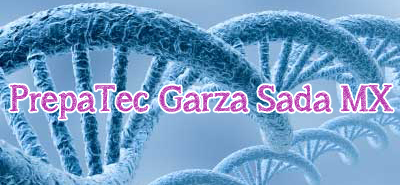Team:PrepaTec GarzaSadaMx
From 2012hs.igem.org
(→Project) |
|||
| Line 12: | Line 12: | ||
|align="center"|[[Image:PrepaTec_GarzaSadaMx_team.png]] | |align="center"|[[Image:PrepaTec_GarzaSadaMx_team.png]] | ||
|- | |- | ||
| - | |||
| - | |||
| - | |||
| - | |||
| - | |||
| - | |||
| - | |||
| - | |||
| - | |||
|} | |} | ||
| Line 29: | Line 20: | ||
| - | + | Insert a specific set of genes in <i>E. coli</i> in order to make it able to create a textile dye: tyrian purple. | |
Tyrian purple is the world’s most expensive pigment, costing up to about $3,500 U.S. dollars per gram. This dye was known by the ancient cultures as: royal purple, imperial purple or imperial dye, the colors of the royalty, because it did not fade out, but became more intense with weathering and sunlight. It is obtained from a specific mollusk, the <i>Bolinus brandaris</i>, but due to its small size, the Byzantine Empire -which controlled the production of this coveted dye-, needed to kill a large number of sea snails to obtain relatively small amounts of dye. Nowadays industries are not allowed to use this dye, even thought its color has been imitated with chemicals, since it’s nothing more than an imitation it’s not as purely bright and long-lasting colored as the real natural tyrian purple. | Tyrian purple is the world’s most expensive pigment, costing up to about $3,500 U.S. dollars per gram. This dye was known by the ancient cultures as: royal purple, imperial purple or imperial dye, the colors of the royalty, because it did not fade out, but became more intense with weathering and sunlight. It is obtained from a specific mollusk, the <i>Bolinus brandaris</i>, but due to its small size, the Byzantine Empire -which controlled the production of this coveted dye-, needed to kill a large number of sea snails to obtain relatively small amounts of dye. Nowadays industries are not allowed to use this dye, even thought its color has been imitated with chemicals, since it’s nothing more than an imitation it’s not as purely bright and long-lasting colored as the real natural tyrian purple. | ||
Revision as of 03:23, 17 June 2012

|

|
Project
Insert a specific set of genes in E. coli in order to make it able to create a textile dye: tyrian purple.
Tyrian purple is the world’s most expensive pigment, costing up to about $3,500 U.S. dollars per gram. This dye was known by the ancient cultures as: royal purple, imperial purple or imperial dye, the colors of the royalty, because it did not fade out, but became more intense with weathering and sunlight. It is obtained from a specific mollusk, the Bolinus brandaris, but due to its small size, the Byzantine Empire -which controlled the production of this coveted dye-, needed to kill a large number of sea snails to obtain relatively small amounts of dye. Nowadays industries are not allowed to use this dye, even thought its color has been imitated with chemicals, since it’s nothing more than an imitation it’s not as purely bright and long-lasting colored as the real natural tyrian purple.
With two enzymes and a chemical process, the natural tyrian purple dye made by mollusks will be re-created by our E. coli and therefore no more mollusks would be unnecessarily killed and a bright, long-lasting and really cheaper tyrian purple dye would be available for textile industries.
 "
"